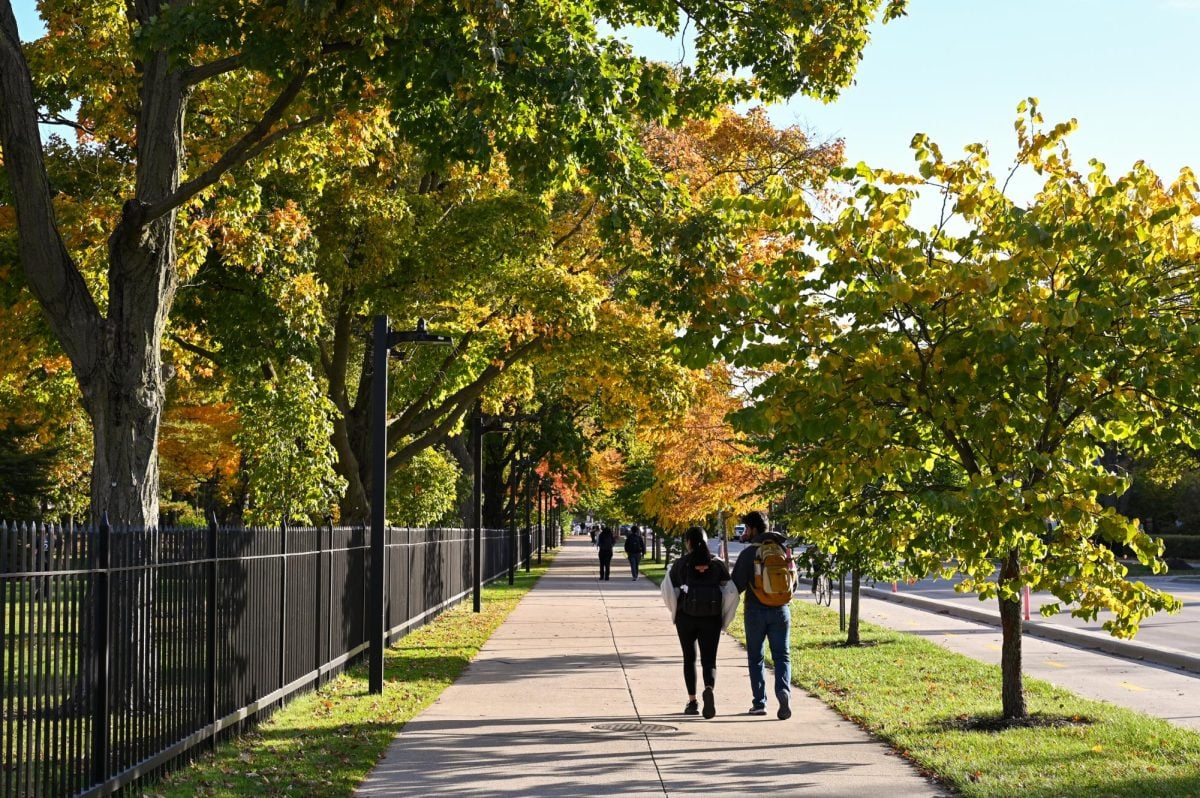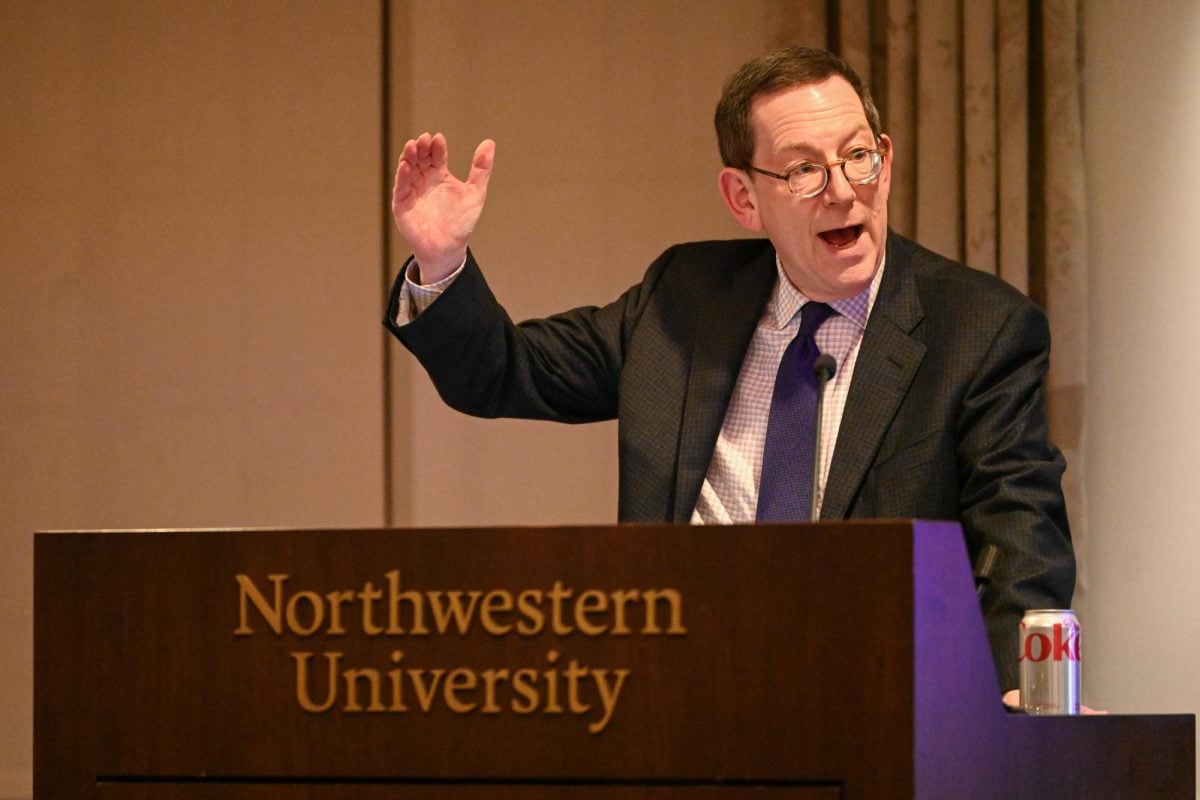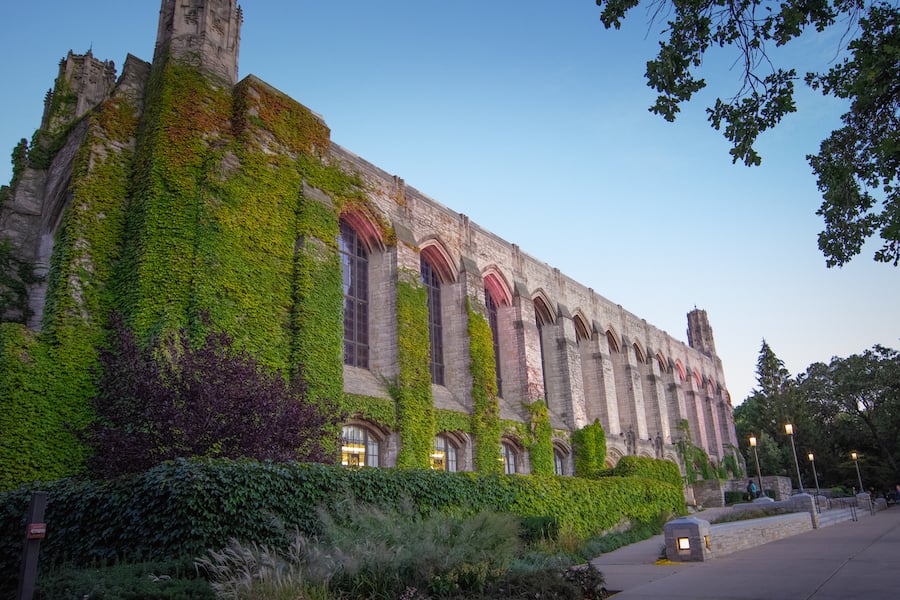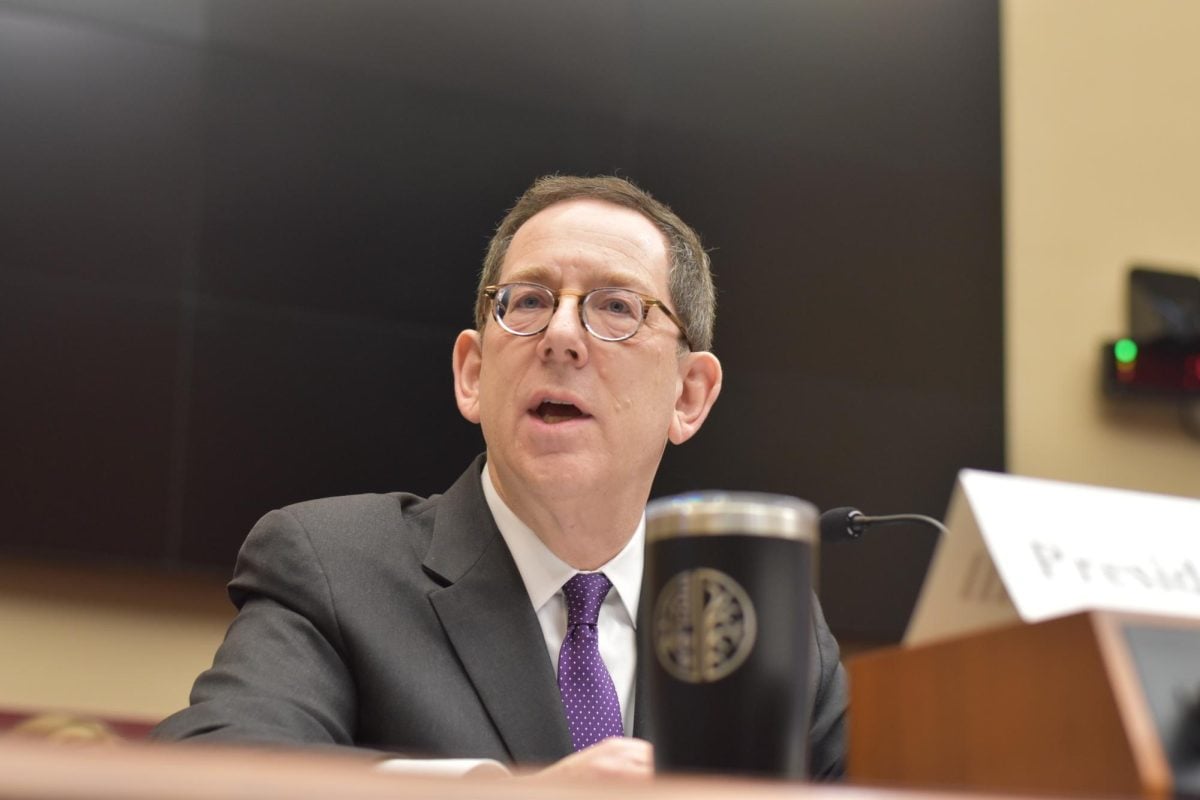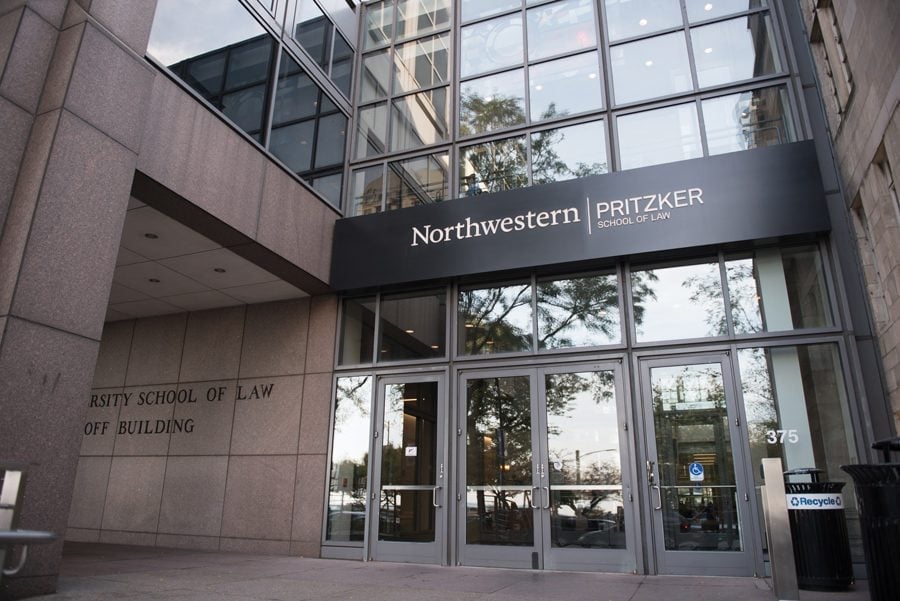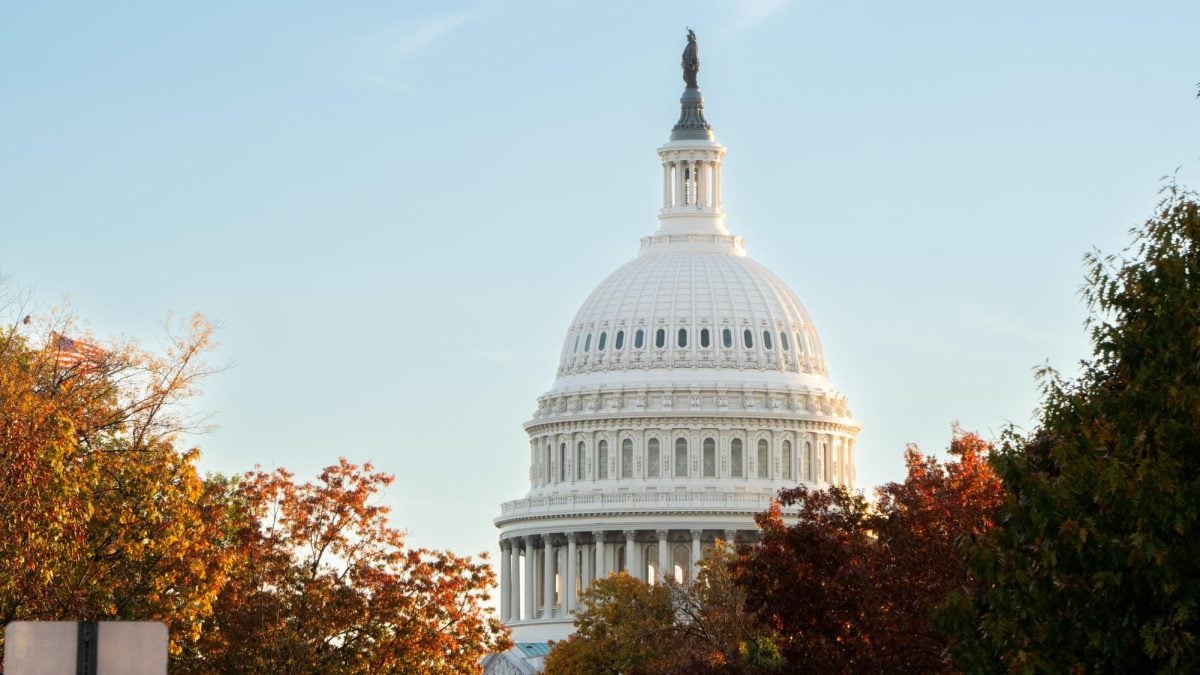University officials released a comprehensive internal report on the state of diversity at Northwestern last week in response to months of calls from students asking for the document.
The report, which includes input from NU students, staff and faculty members, is the first in recent memory to tackle the issue of diversity at NU across all facets of the University, according to University officials. It includes numerous suggestions about ways to improve diversity and officials say it will serve as a guide for future University Diversity Council initiatives.
A committee under the purview of the University’s latest strategic plan, Northwestern Will, completed the report in September 2010. But it was never intended to be released to the public, according to NU Provost Dan Linzer.
“The report was never designed, and the committee was never asked, to prepare a report that was to be a public report,” Linzer said. “It was tasked with coming up with some ideas and observations.”
However, following a January incident in which a Latina student was harassed by several girls who taunted her in broken Spanish, a group of students began petitioning the administration to make the report available to the NU community. That the University had not released the report took on a renewed significance and urgency after members of NU’s Ski Team donned costumes depicting various nationalities at an off-campus Beer Olympics party in late April. Many students and campus groups have since called the costumes offensive, labeling the party the “Racist Olympics.”
On the Monday following the party, Weinberg senior Kellyn Lewis addressed leaders of campus cultural groups and other students at the Black House about the incident and questioned why the University had not released the report. Lewis has been at the forefront of a group of students demanding the University do more to promote diversity on campus.
“Where is that report? Have we not been asking for this for two months?” Lewis asked at the meeting.
Just days later, University administrators made good on that week’s promise to release the report, providing it for students to read by request. On April 26, the 46-page document was also published online in a redacted form. Data tables provided by the Consortium on Financing Higher Education were removed due to confidentiality issues.
The report differs from past diversity reports, which dealt with the annual recruitment and retention of faculty members.
The Strategic Plan workgroup tasked with completing this report met six times over the course of one year, collecting information by meeting with experts on diversity issues, reviewing data and current policies at NU and contacting outreach programs tasked with working with minority groups. The committee also met with four focus groups of students and faculty to request their feedback about the current state of diversity at NU.
“I don’t recall similar University-wide studies like this,” Linzer said. “Not while I’ve been in this position, anyway. Certainly lots of conversations, but not leading to such a report.”
Diversity as the ‘mainstream’
A total of 17 administrators, students and faculty members from departments across the university collaborated on the extensive report.
The report cites a “serious problem of a lack of diversity at NU”, noting that the student body does not reflect the demographic makeup of the U.S. It suggests the University adopt “diversity as its mainstream.”
“The population demographics are becoming more and more diverse,” said Cate Brinson, a co-chair of the workgroup that submitted the report. “Ultimately, in the not-too-distant future, you really need to be embracing diversity, because that’s really everybody.”
The report also identifies a “diversity credibility gap” at NU, referring to the inability of the various existing diversity programs and policies across the University to provide minority students and faculty with a supportive environment.
“There’s all these different things that are going on in disparate places,” said Brinson, who is also the chair of NU’s department of mechanical engineering. “They can become disconnected from a larger picture.”
The focus groups consisted of four distinct groups of NU students and faculty: undergraduate African American Studies students, undergraduate engineering students, graduate “Ethnic Studies” students and minority faculty.
Both student and faculty respondents in the focus groups said the overall culture at NU is racially isolating and that, in the words of one respondent, “white hegemony permeates every discipline.”
“I would bring up issues and face silence from the class,” a respondent from the Ethnic Studies group said. “People do not feel comfortable talking about race.”
In addition to outlining the overall state of diversity at NU, the report also offers suggestions for improvement in five different areas: demographics, environment, curriculum, intellectual culture and establishing diversity-related infrastructure.
“It’s a very intellectual document,” said Dona Cordero, the newly appointed associate provost for diversity and inclusion who also worked on the report. “At the same time, there are a lot of practical solutions in there.”
Changes already underway
Some of the suggestions in the report have already been implemented at the University.
One of the recommendations in the report calls for the creation of a “Diversity Action Council Option” similar to a model adopted at Georgetown University.
Last month the University officially announced the formation of the University Diversity Council, a refashioned version of what was previously known as the Faculty Diversity Committee. The new council will expand the role of the old committee to address a broader scope of diversity issues and include students and faculty members in addition to administrators.
The council’s members are divided into five “working groups” that will address diversity-related issues in specific areas: Academics/Education, Campus Life, Faculty Recruitment and Retention, Pipeline and Lifetime Connections.
Along with the council, the report suggests the creation of a position within the office of the provost to serve as a “strong figure” in coordinating diversity-related initiatives across campus.
Cordero will fill that role as the newly established assistant provost for diversity inclusion and chairperson of the University Diversity Council. Her primary responsibility will be to oversee the five different working groups and provide a more “collective” response to diversity issues.
“With the infrastructure of having the Diversity Council, of having the working groups, of having more coordinated efforts, that will give us an opportunity to make a bigger impact on change or toward change,” Cordero said.
The various working groups will hold their first meetings throughout this quarter. Cordero said the working groups will review the recommendations made in the report to determine if they are feasible for implementation.
Cordero is currently meeting with deans and members of specific departments to gauge what diversity-related efforts are already in place at the Universit
y. She said this will help to identify overlapping areas of interest and possibilities for collaboration.
“We have different groups focusing on the same or similar issues,” she said. “We just want to be aware of who’s doing what and identifying any gaps that may exist and think about whether or not those gaps need to be filled.”
A supporting role for ASG
Members of NU’s Associated Student Government will also have a voice in implementing the report’s proposals. ASG President Victor Shao, along with Weinberg junior Hayley Stevens and Communication junior Jazzy Johnson, both of whom are members of ASG’s newly formed diversity committee, all have seats on the University Diversity Council.
However, in multiple interviews this week, ASG leaders stressed that they would primarily focus on the report’s proposal to “diversify the environment.” This would involve bringing students and school officials together in forums addressing campus diversity.
“ASG’s role is very much to support student opinions, and a lot of times that’s providing support for ongoing movements on campus,” said Medill junior Brad Stewart, executive vice president for ASG. “Anything we do is going to center around students talking with each other and students talking with administrators.”
According to Communication junior Steven Monacelli, vice president of community relations for ASG, administrators have not directly approached ASG officials to discuss how they will work together to implement the report’s recommendations.
Monacelli said that although their representation on the Diversity Council will involve ASG at “an institutional level,” the organization should focus more on supporting student groups in their efforts to inspire grassroots change. He pointed to an unusually well-attended Political Union debate last Monday, which addressed the viability of a cultural competency requirement in the university curriculum, as an example of an effective dialogue sponsored by student groups.
“When we do hold forums, they don’t always have the best turnout,” Monacelli said. “People seem more inclined to show up when a student group has organized the event.”
Although Shao says he hopes to address the topic in the near future, ASG Senate has not yet debated whether it would support projects like a cultural competency requirement. He also said a survey will be sent out next fall, which he hopes will help ASG better understand what sort of diversity initiatives students think are effective. However, Shao emphasized the need for careful deliberation when deciding how to move forward. He said the real debate would not be on whether greater diversity on campus was needed, but on how that diversity would ultimately be achieved.
“I think it’s going to be very difficult to figure out the way forward,” Shao said. “There is no chance it’s easy, because otherwise it would have happened already.”
Looking to the future
Although it is primarily focused on the lack of diversity at NU, the report makes a number of specific policy recommendations, each of which falls under one of the five major themes.
A proposal that has gained significant traction with student advocates for increased diversity over the past few months would require students to pass two “diversity courses” to graduate.
In an effort to diversify the curriculum, this new requirement would allow each school to design classes that focused on underrepresented minorities like African Americans or Latino/Latina Americans. Weinberg sophomore Tony Guerrero and SESP senior Isabella Villa are spearheading a student initiative to implement this idea, which was originally proposed in January after the incident involving the Latina student.
“It seems only accurate to say that we do not espouse a culture of acceptance, communication and respect,” said Guerrero at Monday’s Political Union debate. “I would encourage you all to take this into account and formulate ideas in favor of a more comprehensive requirement proposal.”
Villa declined to comment further after the debate, and Guerrero did not reply to requests for comment this week.
Dean of Students Burgwell Howard acknowledged the growing push for a change to the curriculum and said administrators across campus had begun discussing how to meet the demand. However, he said it was difficult to design a uniform requirement across all six undergraduate schools.
“It’s a challenging thing because the president and provost don’t have the ability to by fiat say, ‘This will happen,'” Howard said. “We have six different undergraduate schools with their own curricula and the faculty of each of those schools have to make a decision about it. That process has started, but it can’t happen overnight.”
In addition, the report proposes establishing three new institutions geared toward diversity research: a Center for Critical Race and Cultural Studies, a Center for Critical Disability Studies and a Center for Critical Sexuality Studies.
Jim Young, associate provost for faculty affairs, said three research centers at NU already deal with issues of diversity – the Center on the Science of Diversity, the Center for Healthcare Equity and the Institute for Policy Research. He said any new research centers would need to be considered in relation to those already in existence.
“Looking at all of these centers, what areas need to be added to the mix?” Young said.
The report presents numerous proposals on how to meet the goal of diversifying demographics at NU, both in terms of students and faculty members. The document recommends doubling the number of blacks and Latinos/Latinas across all departments, as well as the number of Asian Americans in social sciences and humanities.
In order to accomplish this, the report requests the administrators “increase outreach to underserved schools and communities,” partially through programs like NU Ambassadors, which sends NU students to meet with prospective applicants in low income areas, as well as scholarship programs like QuestBridge.
Bradley Akubuiro (Medill ’11), a former member of NU Ambassadors, said it was important to strengthen collaboration between minority recruitment groups and admissions officials. Both played a role in the increasing number of enrolled minority students between 2008 and 2011, he said.
“What made these programs so successful is that they were key partnership opportunities between students and the administration to work together and compound resources,” Akubuiro said.
Equally noteworthy are the report’s recommendations on broadening faculty diversity, one of which involves enhancing existing “pipeline” programs that focus on recruiting minority graduate students for research and teaching positions.
One such program is CLIMB, which targets doctoral students in NU’s life sciences programs. Chemistry Prof. Steve Lee, the program’s assistant director, said he had taken part in preliminary conversations with Graduate Dean Dwight McBride about using CLIMB as an example for similar programs in the Graduate School.
“It’s not just about warm and fuzzy feelings, or doing something politically correct, but doing teamwork or collaboration,” Lee said. “It is important to have people with a wide variety of perspectives.”
